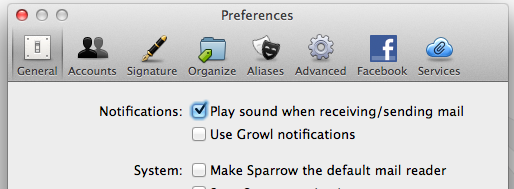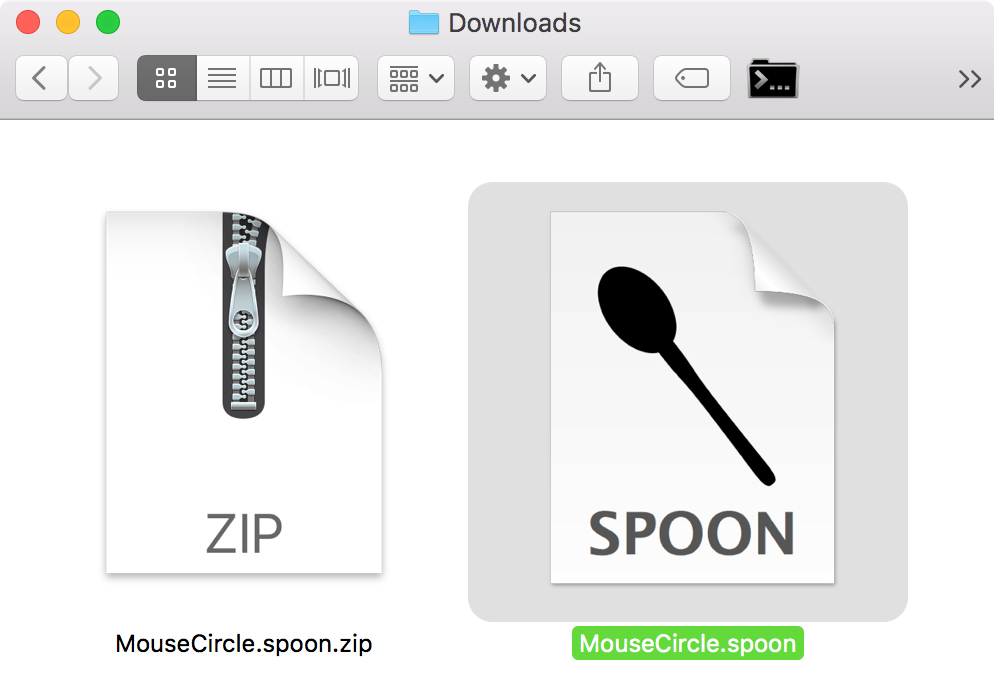


Plus, its reader mode is a fantastic way to remove cruft and annoying CSS, helping the user to just focus on the content.
HAMMERSPOON SPOON EXAMPLE SOFTWARE

I don’t know about you, but what exactly comes to mind when you think of what you use web browsers for?įor me, it’s roughly three categories of things: I’m not about to bash Chrome too hard-it’s an extremely important piece of software that has considerably advanced the state of the web and can hold its own as the shell of an entire operating system-but it has its problems that need to be solved. In essence, this means that most people use Google Chrome as their default browser because it’s fast, it works and they don’t have to think about it. The others either don’t yet conform to the absolute latest standards, or have removed deprecated features that Google just keeps on using. Unfortunate as it is, it is pretty unrealistic in 2020 to go without having a Chromium-derived browser installed and at the ready. If it wasn’t already obvious, Chromium-derived browsers are becoming something of a monopoly. This is where the beauty of malleable open-source software swoops in to save the day, and Hammerspoon is perhaps one of the most underrated, poster child examples of this. Be they missed opportunities, questionable design choices or just plain bugs, without sufficient polish and attention to detail, users can encounter too many problems at once and get frustrated quickly. Most computer software is characteristically rife with small but frustrating irritants.


 0 kommentar(er)
0 kommentar(er)
